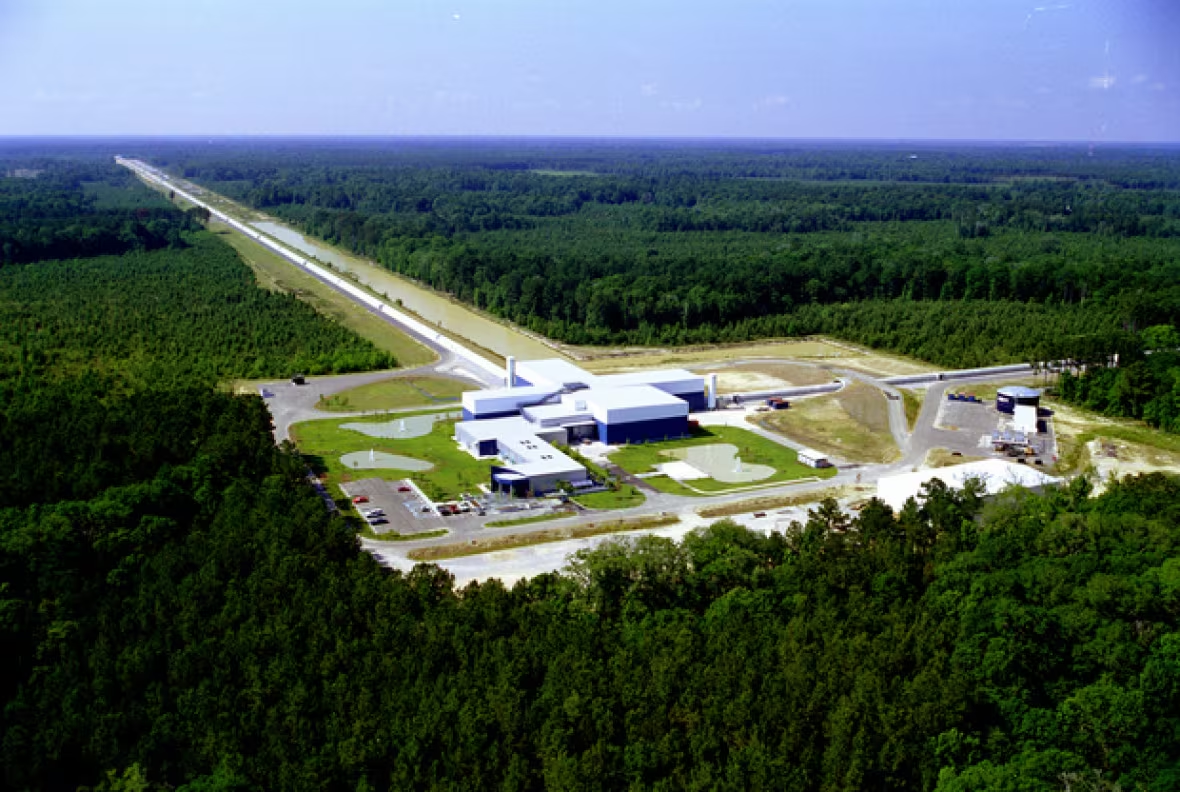Nobel Prize in Physics goes to gravitational wave scientists
3 U.S.-based scientists key in 1st observing gravitational waves: faint ripples in space and time

The Nobel Prize in Physics has been awarded to three scientists for their roles in detecting faint ripples flying through the universe — gravitational waves predicted a century ago by Albert Einstein that provide a new understanding of the universe.
Sweden's Royal Academy of Sciences announced Tuesday the winners are Rainer Weiss of the Massachusetts Institute of Technology, and Barry Barish and Kip Thorne of the California Institute of Technology.
The three were key to the first observation of gravitational waves in September 2015.
When the discovery was announced several months later, it was a sensation not only among scientists but also the general public.
- Gravitational waves: Why they're such a big deal
- Detection of gravitational waves marks new era in astronomy: Bob McDonald
The scientists were honoured for a combination of highly advanced theory and ingenious equipment design.
"It's a win for the human race as a whole. These gravitational waves will be powerful ways for the human race to explore the universe," said Thorne, speaking by phone with The Associated Press from California shortly after the announcement.
Ariel Goobar, of the Royal Academy, said the winners' work meant we can study processes that were "completely impossible, out of reach to us in the past."
"The best comparison is when Galileo discovered the telescope, which allowed us to see that Jupiter had moons, and all of a sudden we discovered that the universe was much vaster than we used to think about," Goobar said.
With the technology that the three developed "We may even see entirely new objects that we haven't even imagined yet," said Patrick Sutton, an astronomer at Cardiff University in Wales.
'The work of a thousand people'
Weiss, in a phone call with the news conference at the Royal Swedish Academy of Sciences, said: "I view this more as a thing that recognizes the work of a thousand people."
He said researchers hope to one day improve the sensitivity of their detectors to look "deeper and deeper" into the universe.
Gravitational waves are extremely faint ripples in the fabric of space and time, generated by some of the most violent events in the universe.
The waves detected by the laureates came from the collision of two black holes some 1.3 billion light-years away. A light-year is about 5.88 trillion miles.
Listen to the ’chirp’ sound of two black holes colliding <a href="https://twitter.com/Caltech?ref_src=twsrc%5Etfw">@Caltech</a> <a href="https://t.co/FiDociCF9a">https://t.co/FiDociCF9a</a> <a href="https://twitter.com/hashtag/NobelPrize?src=hash&ref_src=twsrc%5Etfw">#NobelPrize</a>
—@NobelPrizeThe waves were predicted by Albert Einstein a century ago as part of his theory of general relativity. General relativity says that gravity is caused by heavy objects bending space-time, which itself is the four-dimensional way that astronomers see the universe.
The prize is "a win for Einstein — and a very big one," Barish told the AP.
The German-born Weiss was awarded half of the 9-million kronor ($1.3-million Cdn) prize amount, and Thorne and Barish will split the other half.
In the 1970s, Weiss designed a laser-based device that would detect gravitational waves. He, Thorne and Barish "ensured that four decades of effort led to gravitational waves finally being observed," the Nobel announcement said.
The laser device, called an interferometer, must be both exquisitely precise and extremely stable. "The beam must hit the mirrors precisely. They should hardly shake at all, not even when leaves fall from nearby trees," according to a prize background paper.
The first detection of gravity waves involved two of the devices about 3,000 kilometres apart — in Hanford, Washington,
and Livingston, Louisiana. The wave first passed the Livingston facility and, seven milliseconds later, at Hanford, consistent with the speed of light.
The announcement said Einstein was convinced that gravitational waves could never be measured. The laureates used laser devices "to measure a change thousands of times smaller than an atomic nucleus."

In a moment of poetry aimed at making the distant and infinitesimal phenomenon understandable to non-experts, the academy announcement said gravitational waves "are always created when a mass accelerates, like when an ice-skater pirouettes or a pair of black holes rotate around each other."
For the past 25 years, the physics prize has been shared among multiple winners.
The 2016 award went to three British-born researchers who applied the mathematical discipline of topology to help understand the workings of exotic matter such as superconductors and superfluids. In 2015, a Japanese and a Canadian shared the physics prize for studies that proved that the elementary particles called neutrinos have mass.
This year's awards were launched Monday, with the Nobel Prize in Medicine going to three Americans (Jeffrey C. Hall, Michael Rosbash and Michael W. Young) studying circadian rhythms — better known as body clocks.